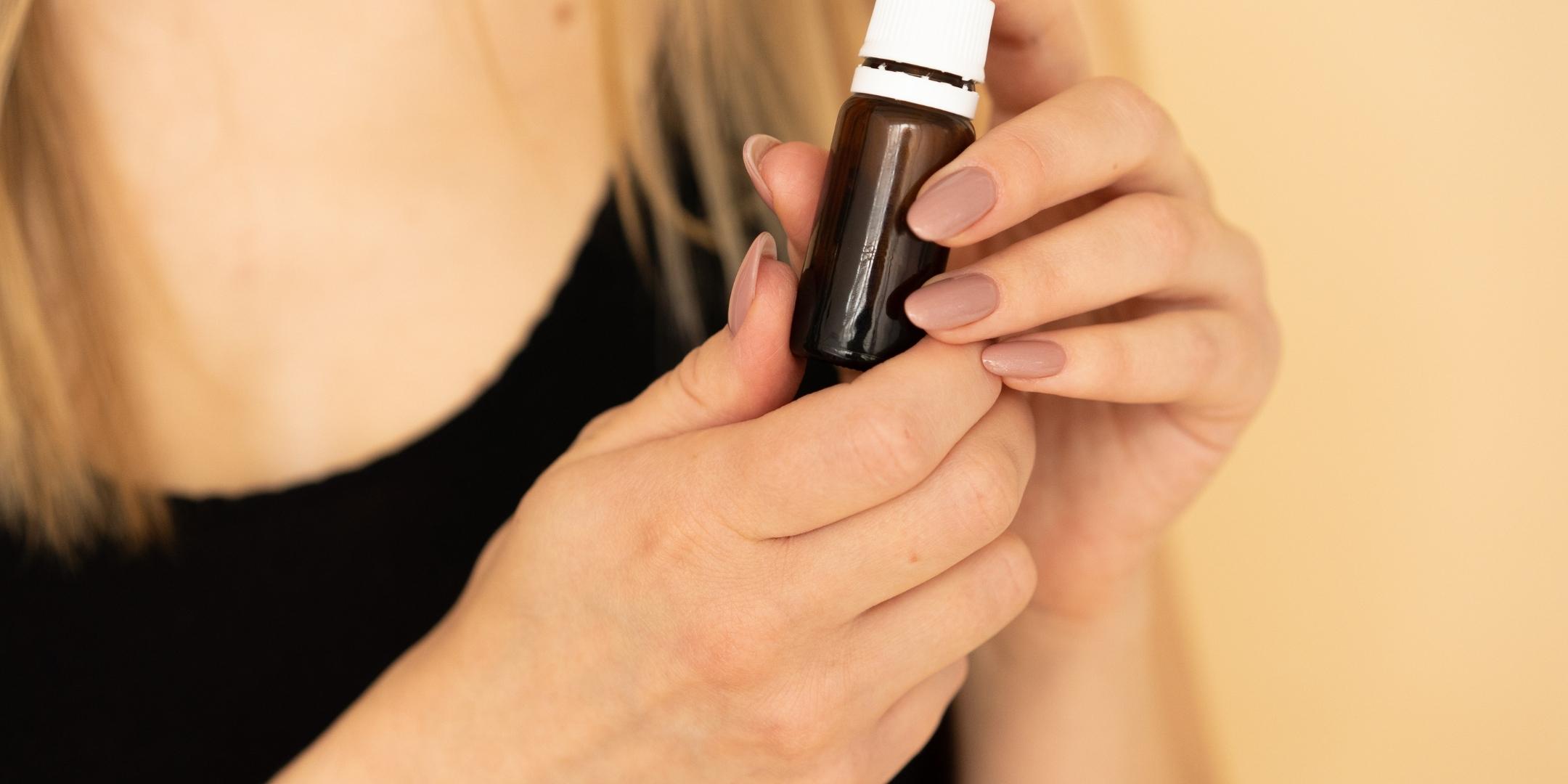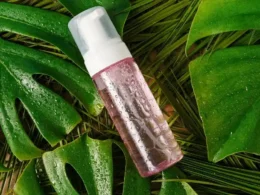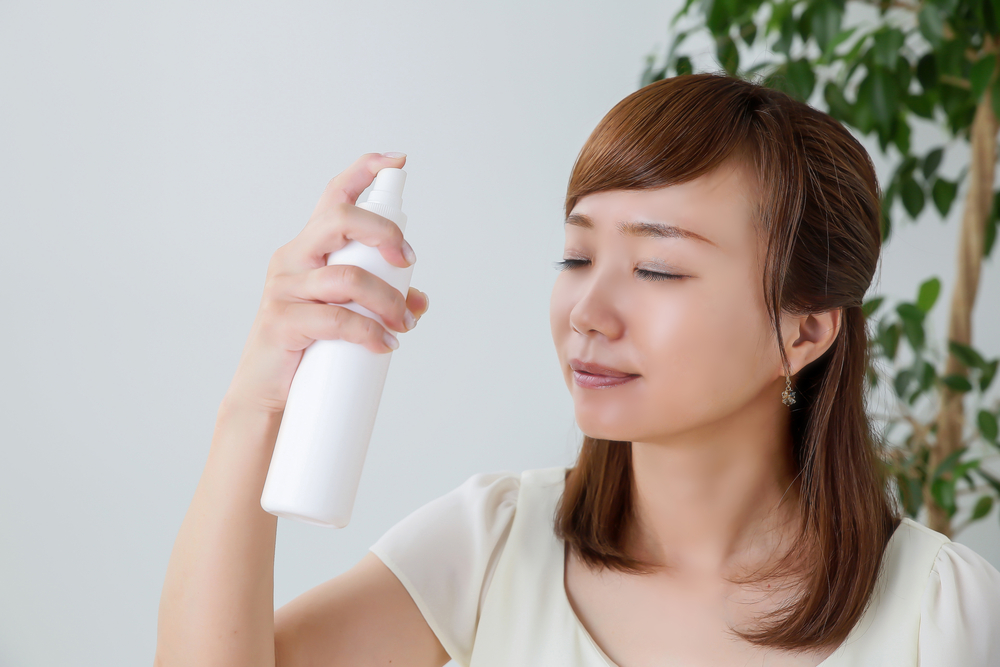- Hypopigmentation can occur in people of all races but is most noticeable in individuals with darker skin
- Hypopigmentation can be caused by numerous factors, but it is most common after damage to the skin.
- Two of the most drastic forms of hypopigmentation are albinism and vitiligo
- In popular culture, several people with hypopigmentation have been an inspiration and a voice for the community.
What is hyperpigmentation?
Hypopigmentation of the skin is the appearance of lighter skin on certain parts of the body, or across the whole of the body. It can be caused by many factors, some external, and some genetic.
Both human skin and that of other living beings obtains its coloration from biological pigments. Skin color in humans is predominantly defined by a grouping of pigments called “melanin.”
When high levels of melanin are produced the result is a pigmentation disorder called melanism, or significantly darker than average skin. Conversely, small amounts or no melanin at all causes the skin to become lighter, which is called hypopigmentation
There are two key components to the production of melanin: tyrosine and melanocytes. Melanocytes are cells in the outer layer of skin that use the amino acid tyrosine to produce melanin pigment.
Hypopigmentation occurs when at least one of the three elements — tyrosine, melanocytes, and melanin — are lacking. “The causes vary from inherited/autoimmune diseases to injuries to the skin such as burns,” says Dr. Ameerzeb Pirzada, a healthcare professional working in Pakistan.
What are the causes of hypopigmentation?
Hypopigmentation can be caused by numerous factors, but it is most common after damage to the skin.
Potential causes are:
- Infections, burns, and/or blisters
- Cosmetic procedures, such as chemical peels and/or lasers, done incorrectly
- Chronic conditions that are usually present at birth
What are the different types of hypopigmentation?
Albinism
The most well known form of hypopigmentation is albinism, which is visually characterized as the absence of darker colors in the hair, skin, and iris of the eye.
According to a study by the U.S. National Library of Medicine, albinism affects 1 in 20,000 people globally.
Albinism is caused by genetic factors and the characteristics are immediately present from birth. “People with such disorders are referred to as albinos,” says Pirzada, “Albinos have a completely different genetic makeup when it comes to the production of melanin. An abnormal gene restricts the body from producing the chemical.”
Apart from the cosmetic elements of albinism, it is often associated with a higher risk of several different forms of visual impairment. These include restricted eye movement, sensitivity to bright lights, and far or nearsightedness.
Melanin offers a level of protection from the sun’s harmful UV rays. The lack of this pigment in people with albinism can cause sun damage to the eyes and lead to skin cancers if proper precautions are not taken.
According to the National Organization for Albinism and Hypopigmentation, most people living with albinism in the United States have an average life expectancy commensurate with the rest of the population. However, people living in tropical areas lacking access to sunscreen and other forms of protection have a higher chance of developing life-threatening skin cancers.
Vitiligo
Another common manifestation of hypopigmentation is vitiligo. A person with vitiligo has areas on their body that appear much whiter than average.
While statistics on vitiligo vary greatly, it’s estimated that over 35 million people worldwide live with it.
“Vitiligo is an autoimmune disorder in which the body’s immune system attacks one’s own pigment producing cells, or melanocytes, and destroys them, resulting in depigmented patches on the skin,” says Evans. These depigmented patches vary widely in size and location from one person to another, but commonly occur in areas around the mouth, nose, and eyes. Early greying or whitening of hair can also occur on affected areas.
Signs of vitiligo are not necessarily present at birth, and while patches generally begin to show before the age of 20, they can appear at any time. Vitiligo likely has a genetic component to it, as there is evidence suggesting that it runs in families.
Below the skin, vitiligo is associated with a higher risk of certain medical issues. Type 1 diabetes, rheumatoid arthritis, and celiac disease are all associated with the condition.
Other forms of hypopigmentation
While albinism and vitiligo are two of the more drastic forms of hypopigmentation, several other manifestations of the condition exist as well.
“Pityriasis Alba is a form of eczema often seen in children, classically on the face, that results in light scaly patches on the skin,” says Evans, “Certain congenital disorders can also cause light spots, or areas of decreased pigmentation on the skin, like certain types of moles or other disorders.”
External factors can also play a role in hypopigmentation. “Certain types of infections, including common yeast or fungal conditions, can cause light scaly patches to appear on the skin,” says Evans, “Other infections like leprosy can also cause light patches on the skin which classically have a loss of sensation.”
What are the treatments for hypopigmentation?
In certain instances, hypopigmentation is treatable, such as through the use of topical corticosteroids or other eczema topical agents for the treatment of Pityriasis Alba.
Other discolorations resulting from external factors can also be mitigated. “If there is loss of pigmentation due to an injury such as burns or chemical trauma, then the use of corticosteroids, light/laser treatment, or surgical skin grafting may be recommended,” says Pirzada.
When there is a genetic component to hypopigmentation, altering its appearance is somewhat more difficult. For those who wish to change their appearance, options vary in cost, treatment, and effectiveness.
“People do try to seek a remedy for this growing inherited disease but the treatment options are very limited,” says Pirzada. “If hypopigmentation is due to any inherited disease, the doctor may prescribe topical gels. Also, successful treatments have been performed by skin specialists using pulsed light and laser therapy.”
If treatment is unresponsive or unavailable, masking the area outright is sometimes an option. “If these topical gels are unresponsive then camouflaging with cosmetic tattooing or permanent makeup may be the best option,” says Pizarda. “Topical medications, such as hydroquinone and other skin lightening drugs, can be used to bleach the skin not affected by hypopigmentation so it blends better with the rest of the body.”
» Learn more about a popular skin lightening ingredient called hydroquinome
Is treatment necessary?
Albinism, vitiligo, and other forms of hypopigmentation are often stigmatized by society. As the National Organization for Albinism and Hypopigmentation points out, people with more extreme forms of hypopigmentation are at risk of social isolation as these conditions are often misunderstood.
Today, many people choose to simply embrace their hypopigmentation and don’t try to treat or hide it. In popular culture, several people with hypopigmentation have been an inspiration and a voice for the community.
Musicians like Edgar and Johnny Winter and Salif Keita have helped to bring albinism to the center stage. “Michael Jackson also claimed that he had vitiligo,” says Pizarda, “and as a huge fan of Michael I believe that he embraced his condition.”
In the fashion industry, Winnie Harlow recently made waves as a contestant on America’s Next Top Model. Harlow has vitiligo, with visible white patches on her face and arms.
“Which brings us back to the question, ‘is the treatment of hypopigmentation necessary?’ As a healthcare professional I’ve seen numerous patients who have this disorder, and I believe that if you embrace the condition your life will be much easier,” says Pizarda.









